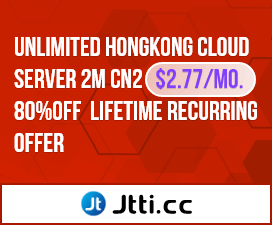- Joined
- Jul 7, 2016
- Messages
- 614
- Points
- 28
Installing a firewall like CSF (ConfigServer Security & Firewall) on your VPS (Virtual Private Server) is essential to ensure the security of your server and the data stored on it. A firewall like CSF can protect your server from network-based attacks, such as port scans, brute-force attacks, and DDoS attacks, and can be used to control the incoming and outgoing traffic on your server, allowing you to only allow the traffic you want to. CSF provides an easy-to-use interface for managing your server's firewall settings and can be customized to fit your specific security needs.
Here are the steps to install CSF on a VPS:
Connect to your VPS via SSH using a terminal client like PuTTY or Terminal on macOS.
Update the packages on your VPS:
Install the necessary packages for CSF:
Download the latest version of CSF from the official website:
Extract the downloaded package:
Change to the CSF directory:
Run the installation script:
Once the installation is complete, open the CSF configuration file for editing:
Configure the CSF firewall settings as per your requirements. The configuration file is well-documented and contains comments that explain what each option does. Save and exit the file.
Restart CSF and its services:
Test the CSF firewall by attempting to access your VPS from a different IP address. If everything is configured correctly, you should be blocked by the firewall.
That's it! You have successfully installed and configured CSF on your VPS.
Here are the steps to install CSF on a VPS:
Connect to your VPS via SSH using a terminal client like PuTTY or Terminal on macOS.
Update the packages on your VPS:
Code:
sudo apt-get update
Code:
sudo apt-get install -y libwww-perl
Code:
wget https://download.configserver.com/csf.tgz
Code:
tar -xzf csf.tgz
Code:
cd csf
Code:
sudo sh install.sh
Code:
sudo nano /etc/csf/csf.confRestart CSF and its services:
Code:
sudo systemctl restart csf
sudo systemctl restart lfdThat's it! You have successfully installed and configured CSF on your VPS.








